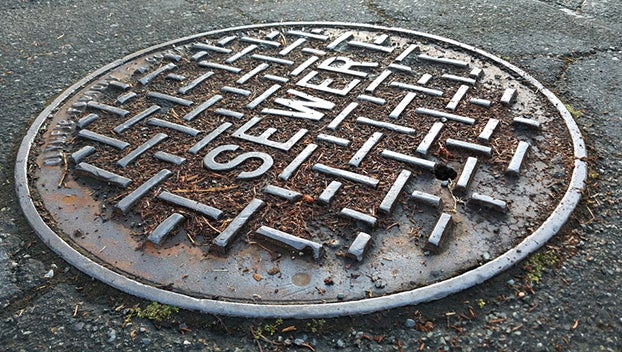Natchez physician fed up with health care, changing practice
Published 12:01 am Friday, September 5, 2014

Dr. Kenneth Stubbs stands in his office at the Doctors’ Pavilion Thursday. Stubbs is fed up with the state of health care. “We need to get back to transparency,” he said. “This is what you are getting, this is the cost.” (Sam Gause / The Natchez Democrat)
NATCHEZ — A Natchez physician said he is fed up with the state of health care and he’s doing something radical about it.
“What I’m intending to do is do away with insurance. I want to cut out the middle man between me and you,” said Dr. Kenneth W. Stubbs, a board certified internal medicine physician and partner at Internal Medicine Associates of Natchez.
Stubbs plans to no longer accept insurance payments of any kind — including payments from Medicare and Medicaid — after the end of this year.
Beginning Jan. 1, 2015, Stubbs said he will operate on a cash only basis, meaning his patients will be expected to pay him at the time of service either in cash, by “good checks” or with a credit card.
Stubbs, to a standing room only crowd of approximately 150 in a meeting room at Natchez Regional Medical Center Wednesday night, rolled out for potential patients three plan levels from which to choose.
Another meeting is planned for Saturday morning at 9:30 a.m. at Natchez Regional and, because of unexpectedly high turnout at Wednesday’s, Stubbs said he may add another session later this month.
Under Stubbs’ “Plan A,” or the most expensive plan, patients pay an annual fee of $1,500 or three payments during the year — one in January, one in March and the last in May — of $525 each. “Plan A” includes the patient’s annual wellness visit and basic labs and some basic testing.
In addition, any other office visit a “Plan A” patient needs during the year will be at no charge. However, additional testing and vaccinations like the flu shot will carry additional, nominal fees. If a “Plan A” patient must be hospitalized, Stubbs will not charge that patient for any work he does on the patient in the hospital.
Stubbs’ “Plan B” costs about $600 per year, prepaid, or $55 per month with a checking account draft. Office visits under “Plan B” will mean additional charges, such as $150 for a wellness examination to $50 for a simple office visit. Labs will be additional fees, as will daily charges if the patient must be hospitalized.
“Plan C,” which will be available to full-time students through college age will cost $120 per year with additional and higher charges for exams and doctor visits.
“Remember, this is only for my services,” Stubbs said. “I can’t control what the X-ray doctor charges you or what the pharmacist charges you. You still need insurance. This doesn’t replace your insurance or other charges or expenses. It’s only for my charges. Don’t misconstrue this. I’m not going to pay for your mammogram.”
Stubbs said the physicians he partners with are not making this radical practice change with him. He said other physicians and staff at Internal Medicine Associates would continue to accept and file for health insurance payments, including Medicare and Medicaid.
Stubbs’ partners — Dr. Ed Daly and Dr. Blane Mire — would cover for him when he is vacationing or otherwise away, just as they do now, without charging his patients additional expenses.
However, after his practice change Jan. 1, 2015, Stubbs’ patients will have his cell phone number and greater access to him and his staff.
Because of the time he plans to spend with his patients, he said it’s necessary to limit the number he accepts into his new, no-insurance practice.
“If I’m going to spend an hour or an hour and a half with you when you come in, I can’t have unlimited number of patients,” he said. When one of his patients calls him and needs to see him, he said he plans to make certain he can see that patient that day or the next working day.
Stubbs said a firm limit on how many patients he’ll accept hasn’t been established, but he expects it to be somewhere around 500. He currently has about 2,000 patients on his rolls, “but I don’t see many of those regularly,” he said.





